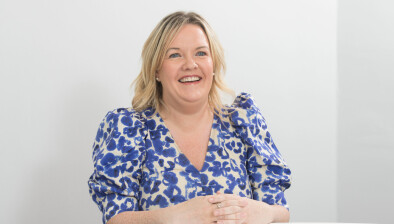Blog: Is MiFID II inadvertently squeezing out smaller brokers?

A year on from the introduction of MiFID II, it appears that the burden of complying with the regulation is putting pressure on small broking firms, writes Emma MacArthur, Assistant Manager at accountants Scott Moncrieff
Recent commentary in the press has highlighted growing pressure on the operational business of small broking firms who are being undercut by large banks and are faced with increasingly cost-conscious asset managers.
Research under MiFID II
In January 2018, MiFID II introduced a new regulation intended to enhance both transparency and investor protection by mitigating the conflicts of interest associated with research by brokers, but also to ensure research is not offered as an inducement.
Under this regulation, brokers were required to identify services provided which could be categorised as research and charge separately, rather than bundling it with execution and other advisory services. Further, asset managers are now required to make explicit payments for research and demonstrate that contributes to better investment decisions.
A year on from the introduction of MiFID II, it appears that the burden of complying with the regulation is putting pressure on costs as well as reducing demand. Further, the willingness of the large banks to provide research services at low cost has resulted in some smaller brokers having to specialise in niche areas, look to merge or even exit. Regulators have also expressed some concern that the new regulation is reducing research coverage of small and mid-cap companies.
Impact on your ICAAP and wind-down plan
Firms are required to maintain a wind-down plan (WDP) in accordance with the FCA’s Wind-down Planning Guide as well as an internal capital adequacy assessment process (ICAAP). Both of these should be a living document and, where a firm is experiencing increased pressure on its business, it is essential that they are robust and consider scenarios including where the firm suffers financial stress or distress.
Directors should monitor timely and appropriate management information to ensure that action can be taken before profit and loss account pressure results in a position where liabilities cannot be paid in full in a wind-down scenario. Particularly as directors may face personal liability under the wrongful trading provisions of UK insolvency legislation if continued trading results in a worse outcome for creditors.
When planning a divestment, merger or closure, boards should ensure that planning is started as early as possible. In practice, the process can take in excess of six to twelve months and a well-planned orderly wind-down will maximise the return to investors. It is also important to consider how issues such as long tail liabilities would be dealt with in an exit when renewing leases or contracts.








